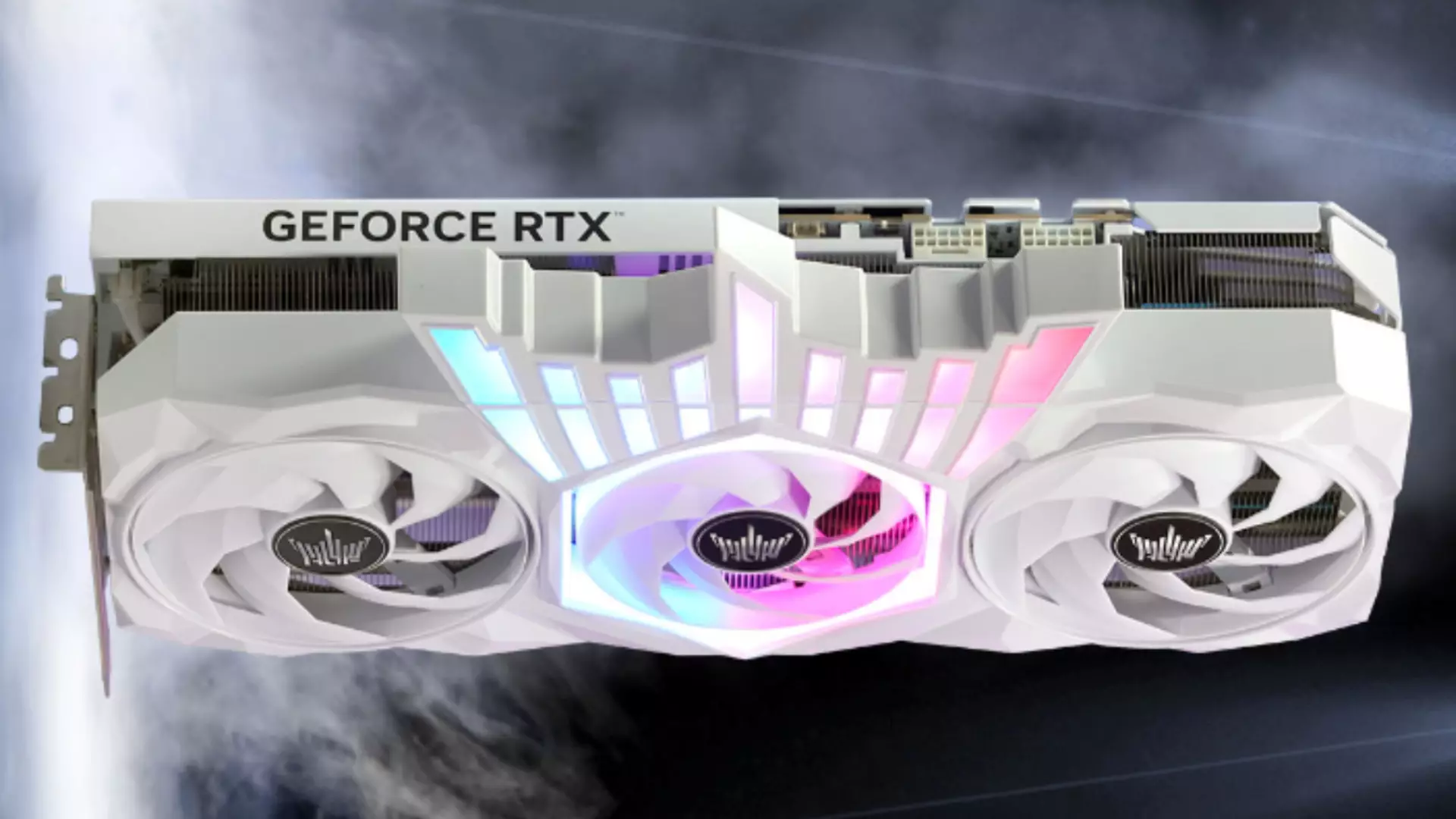In the world of high-end graphics cards, the Galax RTX 5090 D HOF XOC Edition stands out as a testament to human ingenuity and the relentless pursuit of absolute performance. This isn’t just a typical GPU upgrade; it is a monument to overclocking extremes, where engineering meets borderline madness. Designed exclusively for the Chinese market, this card embodies the ultimate goal of pushing hardware beyond manufacturer specifications—transforming what we thought possible into a tangible reality. It is not just a graphics card; it is a statement of technological bravado, a symbol of what can be achieved when enthusiasts refuse to accept limits.
What makes this GPU extraordinary is its overbuilt design tailored for overclocking aficionados. The massive power delivery system with a 38-phase power architecture and dual 16-pin power connectors signals a stark departure from conventional graphics cards. These enhancements do not exist merely for bragging rights—they demonstrate a clear intent: this hardware is built to sustain some of the highest power loads ever seen. The elaborate 12-layer PCB underscores the devotion to stability and robustness, qualities essential when attempting to unlock the card’s full potential under extreme conditions.
Unrealistic and Yet Impressive Power Capabilities
At the core of discussions surrounding the RTX 5090 D HOF XOC lies its jaw-dropping BIOS settings. Rumors indicate that experienced overclockers have access to BIOS versions that push the power limit to an astonishing 2,001 W. To put this into perspective, the standard RTX 5090’s power envelope already pushes the envelope at 575 W, an impressive number in itself. The discrepancy highlights just how ambitious this card’s overclocking potential is—an almost absurd level of hardware tinkering reserved for a select group of experts willing to risk it all.
However, reality tempers these hyperbolic figures. Hardware safeguards, including built-in consumption limits, still appear to throttle power draw to a more manageable — yet still formidable — 1,000 W. This safeguard prevents catastrophic hardware failure in everyday scenarios while leaving open the tantalizing possibility of extreme, sub-zero, liquid nitrogen-fueled overclocking experiments. The ability to reach these heights is limited to a tiny elite, with the BIOS and physical hardware serving as enablers rather than limitless gateways.
Record-Breaking Performance and the Overclocking Community
The true showcase of this GPU’s potential came from overclocking teams, notably Team OGS, who managed to push their sample well beyond factory specs. Their success in achieving a core clock of 3,650 MHz — an increase of over 1,200 MHz—using liquid nitrogen cooling—is nothing short of extraordinary. This overclocking feat enabled them to set a new record in 3DMark Port Royal scores, hitting an impressive 47,469 points. While subsequent competitors have since surpassed this score, the achievement demonstrates the raw performance ceiling that the Galax GPU approaches.
What is particularly compelling about the RTX 5090 D HOF XOC Edition is not just its hardware capabilities but the culture of secrecy and exclusivity surrounding it. The BIOS in question isn’t widely available; it circulates among underground overclocking communities, concealed within nondescript packages designed to avoid attention. It’s a reflection of the subculture that thrives on pushing hardware to the edge—an elite enclave where the margin between technological marvel and molten hardware is thin.
Implications for the Future of Graphics Technology
This card’s existence raises important questions about the future trajectory of GPU development. Are these overclocking feats mere curiosities, or do they hint at a future where hardware can be tuned infinitely—limited only by cooling solutions and risk tolerance? The Galax RTX 5090 D HOF XOC Edition shows that the frontier of GPU performance is still far from being fully crossed. Manufacturers might never endorse such extreme measures for mainstream use, but this project underscores the potential for future innovations in cooling and power management.
Moreover, it reveals a paradox: as hardware becomes more powerful in raw terms, the overclocking community continues to find ways to supersede these boundaries. The competitive aspect is fierce, and the desire to set records drives technological progress at a pace that often outstrips the development of consumer-grade components. Ironically, the spirit of these extreme overclockers may eventually influence mainstream hardware design, pushing manufacturers to design inherently more resilient, higher-capacity GPUs.
This phenomenon compels us to reflect on the broader implications of technological limits—what are they, and who really defines them? For now, the Galax RTX 5090 D HOF XOC Edition remains a symbol of human ambition, daring us to reimagine what graphics hardware can endure, achieve, and perhaps someday, democratize.

